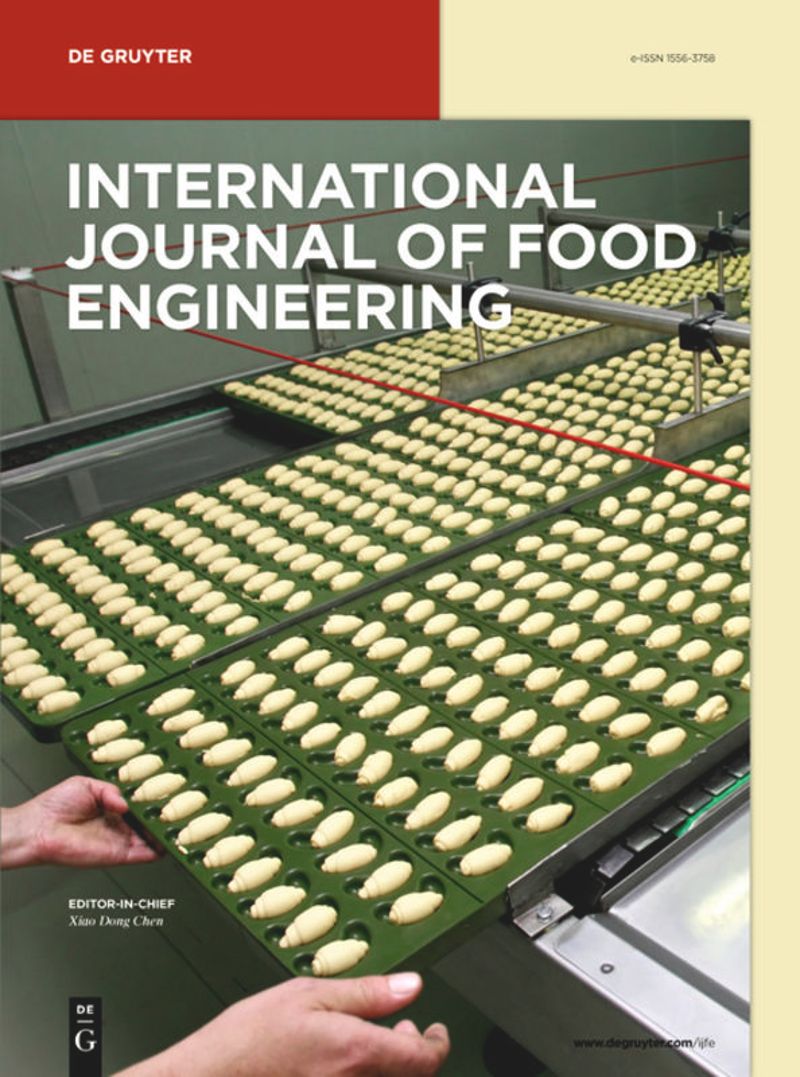在控制温度和水分活度的影响下,花生和核桃中寄生曲霉产生黄曲霉毒素B1
IF 1.4
4区 农林科学
引用次数: 0
摘要
摘要本研究旨在预测花生和核桃中曲霉寄生对温度(25、30、35、40℃)、水分活度(aw = 0.57、0.90、0.94、0.96)和生长介质对afb1产量和afb1产量的影响。采用高效液相色谱法测定真菌生长情况,以侵染果仁计数,测定afb1含量。在30℃、0.96 a / w条件下,花生和核桃仁的寄生率约为100%。核桃在25°C × 0.96 a w (4780 μg/kg)和花生在30°C × 0.96 a w (9100 μg/kg)下的最大毒素定量。然而,温度(<20°C或>40°C)和w (<0.90)不能为这些实体的生长提供足够的环境。此外,除了环境条件外,还发现了影响毒素产生的另一个主要因素是样品生长介质。回归模型和双向方差分析表明,温度、w和商品是显著的预测因子(p <0.05)促进真菌生长和afb1的产生。本文章由计算机程序翻译,如有差异,请以英文原文为准。
The production of aflatoxin B1 by Aspergillus parasiticus in peanuts and walnuts under the influence of controlled temperature and water activity
Abstract The current study was designed to predict the response of Aspergillus parasiticus and AFB 1 production as a function of temperature (25, 30, 35, 40 °C), water activity ( a w = 0.57, 0.90, 0.94, 0.96) and growth medium in peanuts and walnuts. The fungal growth, counted as infected nut kernels and AFB 1 content was determined using HPLC. About 100 % kernels of peanut and walnut were infected with A. parasiticus at 30 °C with 0.96 a w . The maximum toxin was quantified at optimal 25 °C × 0.96 a w (4780 μg/kg) in walnuts and 30 °C × 0.96 a w (9100 μg/kg) in peanuts. Whereas, the temperatures (<20 °C or >40 °C) and a w (<0.90) doesn’t provide a sufficient environment for the growth of these entities. Additionally, the sample growth medium was found another major factor that affects toxin production, along with environmental conditions. The regression model and two-way ANOVA indicate that temperature, a w and commodity are the significant predictors ( p < 0.05) for fungal growth and AFB 1 production.
求助全文
通过发布文献求助,成功后即可免费获取论文全文。
去求助
来源期刊
CiteScore
3.20
自引率
0.00%
发文量
52
审稿时长
3.8 months
期刊介绍:
International Journal of Food Engineering is devoted to engineering disciplines related to processing foods. The areas of interest include heat, mass transfer and fluid flow in food processing; food microstructure development and characterization; application of artificial intelligence in food engineering research and in industry; food biotechnology; and mathematical modeling and software development for food processing purposes. Authors and editors come from top engineering programs around the world: the U.S., Canada, the U.K., and Western Europe, but also South America, Asia, Africa, and the Middle East.

 求助内容:
求助内容: 应助结果提醒方式:
应助结果提醒方式:


